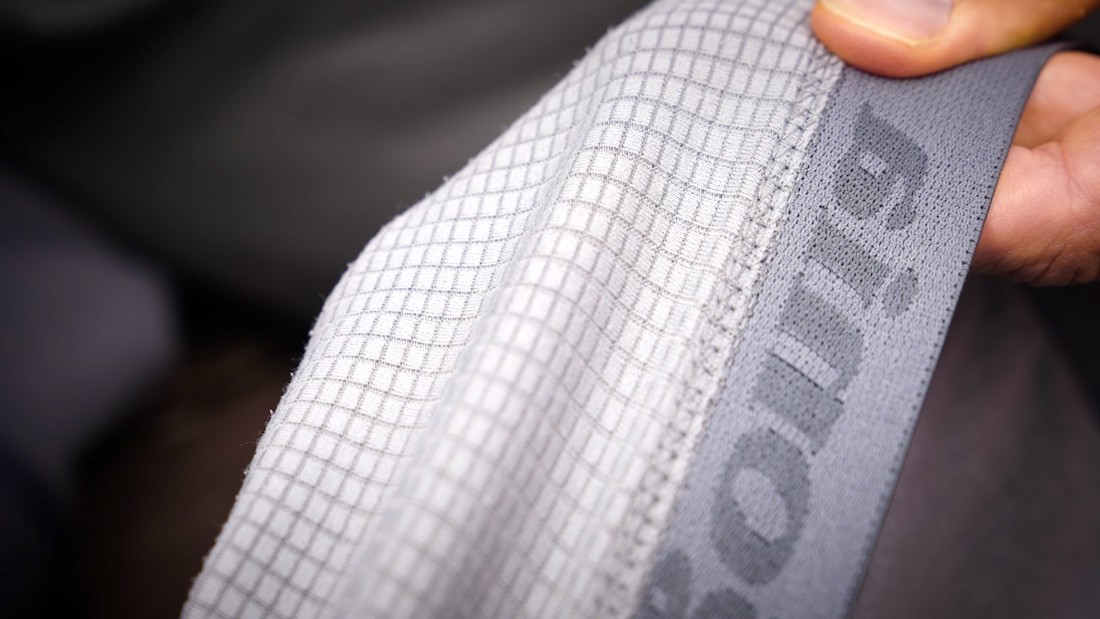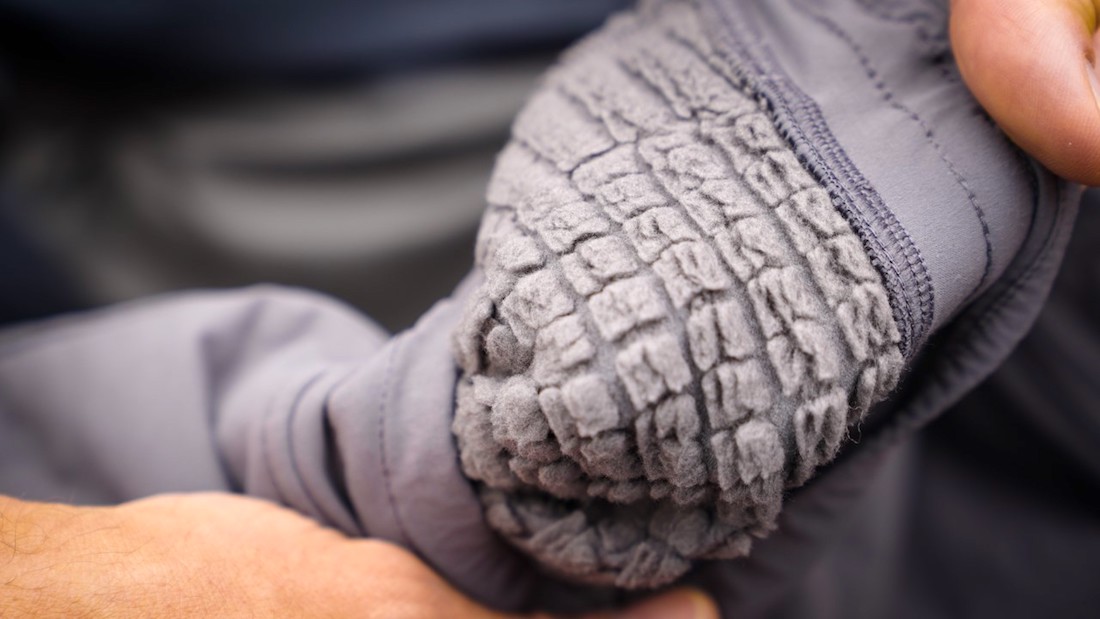Patagonia Layers - Ready for any weather
Warm and dry throughout the season? No problem with the right combination of layers! In this video with Christof Menz from Patagonia, we show you what you should consider when choosing a base layer, mid layer etc. and explain how the individual layers fulfil their function in a multi-layer system.
Layering - This is how it works!
It is not difficult to dress for the elements and for harsh conditions. With just a few tricks for the right combination of suitable clothing, we are well equipped for being on the water during all seasons. The basic idea is simple and familiar from other outdoor activities: Layering.
This refers to a system of layers of garments that are designed to work together and complement each other. Functional clothing in the literal sense of the word. In contrast to popular belief, it doesn't help at all to simply put on as much as possible. Quite the opposite! Because even at low temperatures, our bodies produce moisture or sweat. Even when we are freezing. This humidity has to be transported away from the skin and released into the environment. That's why we need clothes that can transport moisture to one side and do not absorb it.
Find out all the details about layering in winter in our big guide here on adh-world.
5 Layering Tips:
- 100% Cotton - No thanks! Underwear, socks, T-shirts etc. made of cotton are not suitable for layering. Although the natural material feels pleasant on the skin, it stores moisture instead of releasing it. Especially at low temperatures, this is not beneficial for thermal comfort. Cotton also absorbs odours and dries very slowly.
- Warm and dry - wool and merino wool! Layers made of wool offer a clever alternative to cotton. For example, wading socks in different thicknesses, which can also be combined depending on the season. Merino wool can also be used as a base layer, as the lightweight material transports moisture quickly and effectively.
 Base Layer - Breathable and elastic
Base Layer - Breathable and elastic
- Base Layer - Tight but elastic! The base layer provides the important fundament for a functioning multi-layer system. A T-shirt or a long-sleeved shirt and long johns should fit snugly so that moisture can be transported away from the skin immediately. Synthetic materials are ideal here because they offer enormous thermal performance despite their low weight and are also elastic. Different thermal performances of the base layers allow you to be optimally equipped for different temperature ranges.
- Mid Layer - Not without fleece! Fleece, made at Patagonia from 100% recycled polyester, is the best-known material for the mid layer in a multi-layer system. Here, too, there are different levels of thermoregulation, so that a wide range of temperatures can be covered. The fluffy synthetic material has become popular in the outdoor sector and is breathable, quick-drying and odour-inhibiting. Fleece is also a suitable mid layer material for the lower body. So, if it's realy cold, combine your long johns with some fleece pants!

Mid Layer - Optimal performance thanks to fleece
- Insulation - synthetic beats down!? When it comes to maximum thermal performance, the mid layer is typically topped off with an additional insulation layer. A breathable insulation jacket is the best choice here, especially as it can also be worn as an outer layer on dry days when fishing. Most insulation jackets also offer light protection against rain with a DWR (Durable Water Repellant) impregnation. Modern fillings no longer have to be made of down; there are many functional alternatives made of synthetic fibres, e.g. the revolutionary PlumaFill insulation from Patagonia. These synthetic endless fibres have the structure of down and combine the warmth and compressibility of down with the insensitivity to moisture of synthetic insulation. So it is up to you to choose from two great materials!
- Rain protection - Breathable and waterproof! The outer, last layer in the system is a jacket that keeps you dry from the outside while allowing moisture to escape from the inside. This task is fulfilled by various membranes on the market. The GoreTex membrane is particularly well known and is also used in some Patagonia wading jackets today. An alternative is the H2No® Performance outer material, which is made from 100% recycled nylon. Which jacket you choose depends on your preferences. A thin, lightweight rain jacket has the advantage that it can be stored quickly and easily. A classic wading jacket, on the other hand, which is often a bit more robust, offers significantly more functions, pockets and additional features, but also brings more weight with it.
In the end it's all about the mix and match of different layers. Because only when the right garments are combined can their materials and functions enhance each other. Depending on the weather and temperature, these layers can be changed and adapted. So the multi-layer system is a flexible way of adapting to your needs and the current fishing situation.
You can find a wide selection of each layer from Patagonia or other manufacturers in our online shop. We wish you 'Tight Lines' and many warm, dry hours on the water!


































































































